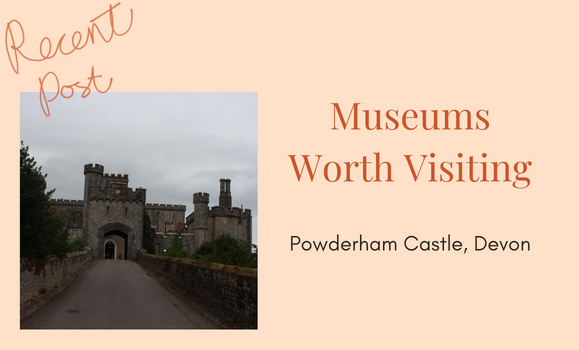How Charles Dickens Shaped Christmas
 |
| Charles Dickens by Ary Scheffer oil on canvas, 1855 NPG 315 © National Portrait Gallery, London |
Charles Dickens has always been associated with Christmas. In 1988, the Sunday Telegraph even went as far as to call Dickens, "the man who invented Christmas". Many of his most popular works have focussed on Christmas, from some of his first novels including Pickwick Papers and A Christmas Carol to some of his short Christmas stories such as A Christmas Tree and What Christmas is as we Grow Older.
Whilst we know that Dickens didn't literally, invent Christmas, he did a great deal to popularise the holiday and its traditions in Britain. By the late 19th Century, the medieval Christmas traditions were not really celebrated. According to some scholars, the medieval Christmas, which combined the religious celebration of Christ, Pagan traditions and the German festival of Yule, had come under much scrutiny by the Puritans under Oliver Cromwell which saw traditional practices decline. In addition, Britain had been industrialised, meaning many people were working long and arduous hours with little time for festive celebrations.
Whilst many Christmas traditions were dying out, Dickens is said to have played a considerable role in reviving these traditions helping to shape Christmas into what we know it as today. These are some of the ways that Charles Dickens shaped Christmas.
Snow at Christmas. Did you know that it's more likely to snow at Easter than it is Christmas? So why do we associate Christmas with snow? Well, we have Charles to thank for that. Dickens was born in 1812, towards the end of what was known as the "little ice age". As the name suggests, the early 19th Century was particularly cold and it therefore snowed much more often. As Peter Ackroyd, Dickens' recent biographer, notes, there was a white Christmas for the first 8 years of Charles' life, hence why his Christmas tales usually involve snowfall.
 |
| Queen Victoria's Tree by William Corden the Younger. |
Christmas Trees. Queen Victoria's husband, Prince Albert, is generally associated with bringing trees into the home to decorate. Whilst this is certainly true, Dickens helped to popularise this tradition. A Christmas Tree was even the title one of his stories in which he wrote,
"The tree was planted in the middle of a great round table, and towered high above their heads. It was brilliantly lit by a multitude of little tapers; and everywhere sparkled and glittered with bright objects."
 |
| A Christmas Carol - 1843 |
Christmas Carols. Carols had become a largely outdated tradition. However, the early 1830s saw the publication of Christmas themed music books, including William Sandy's Christmas Carols Ancient and Modern, bringing Christmas Carols back onto the scene. Dickens clearly acknowledged that these festive hymns were becoming more widespread when he titled his book A Christmas Carol which is often attributed with helping to popularise Christmas carols once again. Carolers were portrayed as bringers of the festive spirit and are now forever present in our concept of a traditional Christmas setting.
Turkey for Dinner. Turkeys have been associated with Christmas dinners since around 16th Century, when apparently King Henry VIII made the bird a Christmas staple. However, turkeys were not particularly cheap to buy, so only the wealthy could afford this luxury bird whilst the working and middle classes settled for fowl and goose instead. However, the advancement of railways in the late 19th Century meant that turkeys could be easily transported across the country increasing their affordability. Turkeys soon became the most popular meat to eat over Christmas and this was helped by Scrooge gifting a huge turkey to the Cratchits in A Christmas Carol.
A Christmas Carol. Probably the most obvious thing that Dickens did for Christmas was write A Christmas Carol. Whilst, the festive period is the focus point or mentioned in many of his works, this is the one that we remember most and we still celebrate today. Whether you read the book or watch one of the many movie adaptations (yes including the Muppets), the story is still so prominent today. We even reference it on a regular basis throughout December - if someone isn't feeling very festive we call them a Scrooge or say "Bah Humbug!". I personally cannot imagine Christmas without this story.
Whilst we can see that Dickens didn't invent many of these Christmas traditions, his festive stories helped to popularise them and brought them to the masses. A Christmas Carol was funded by Dickens himself due to financial disputes with his publishers. Once published, the book was sold at approximately 5 shillings, making it relatively affordable to much of the British population allowing his story of charity, family and festive celebrations to enter British homes.




